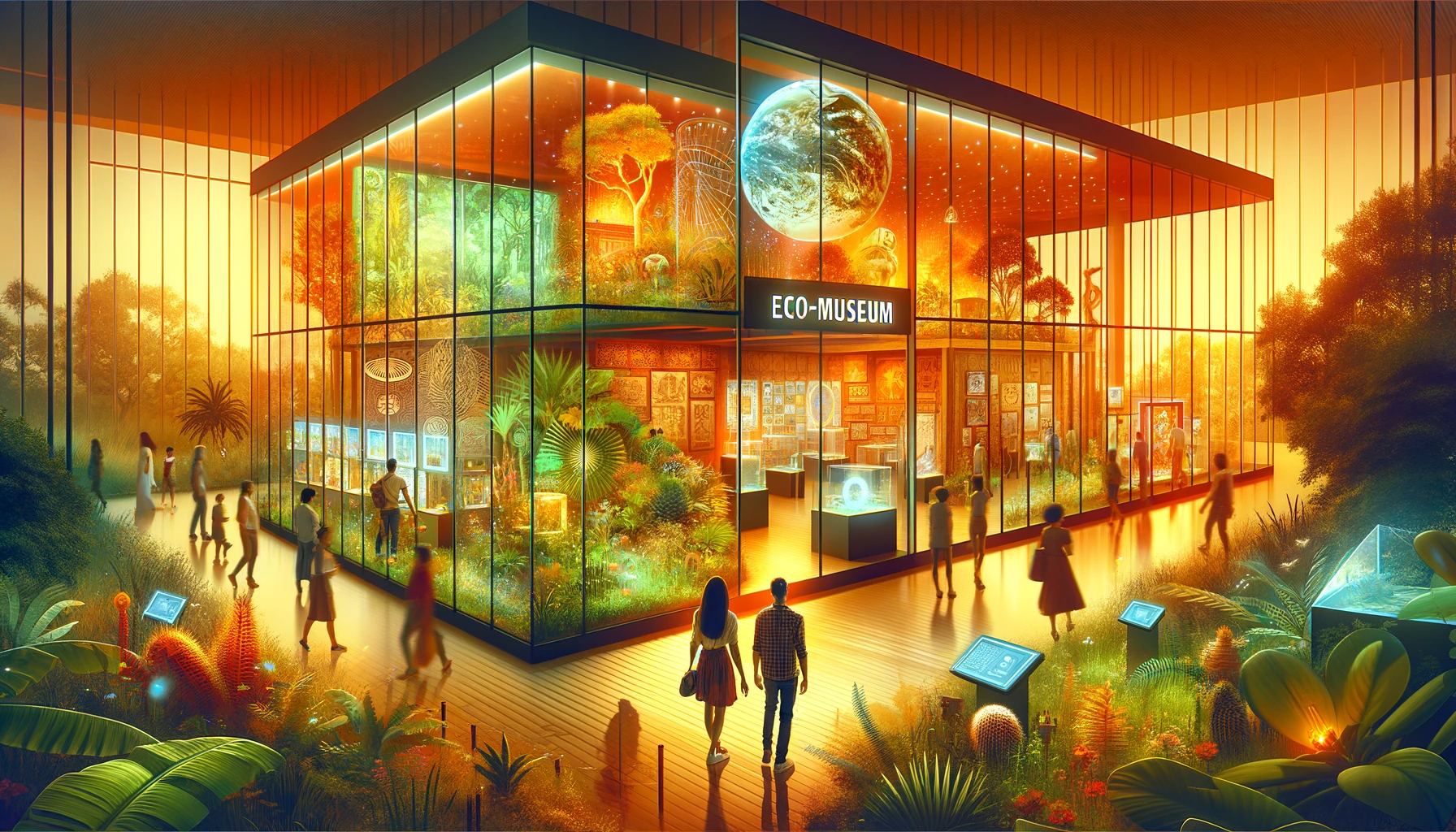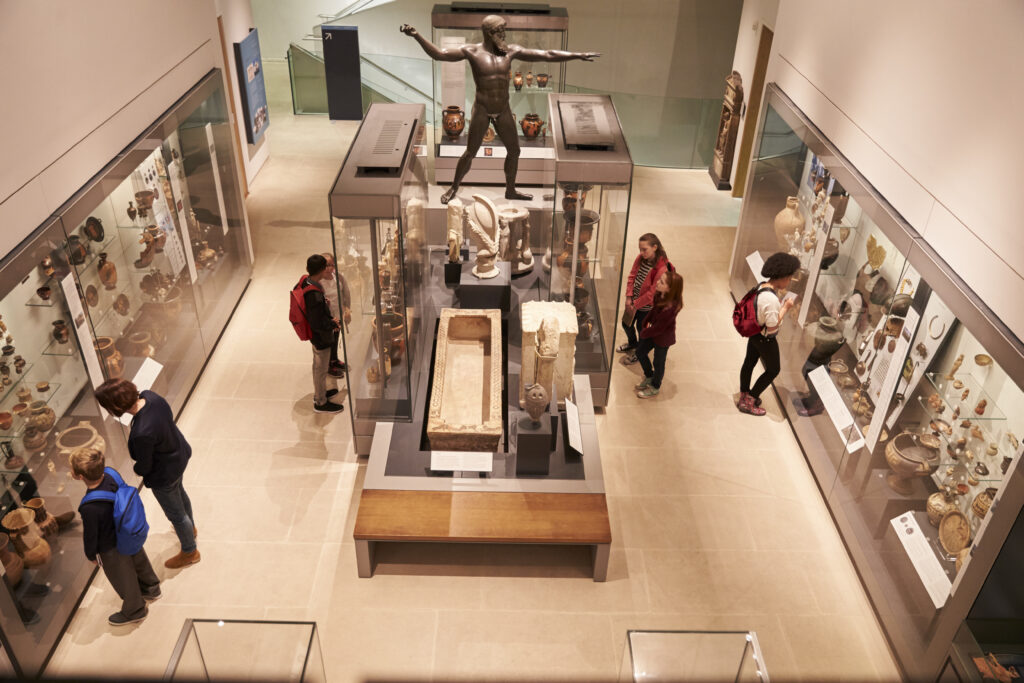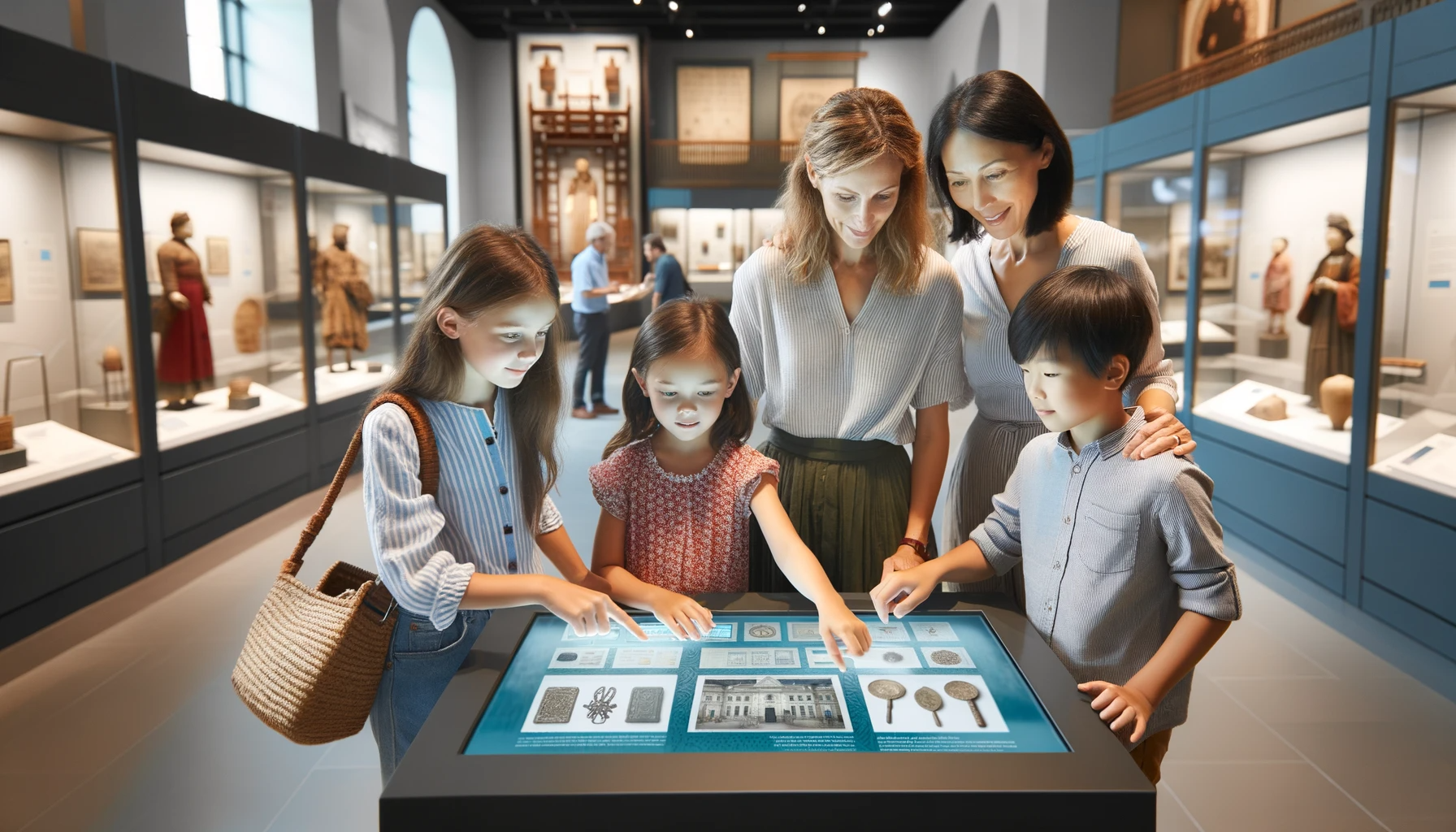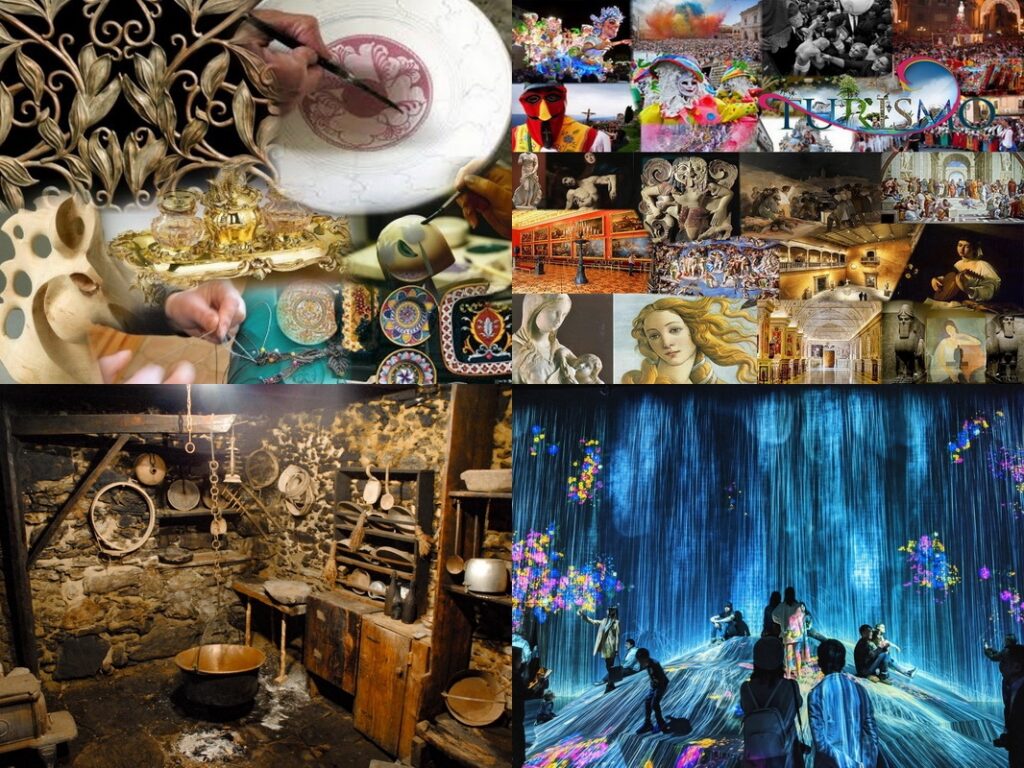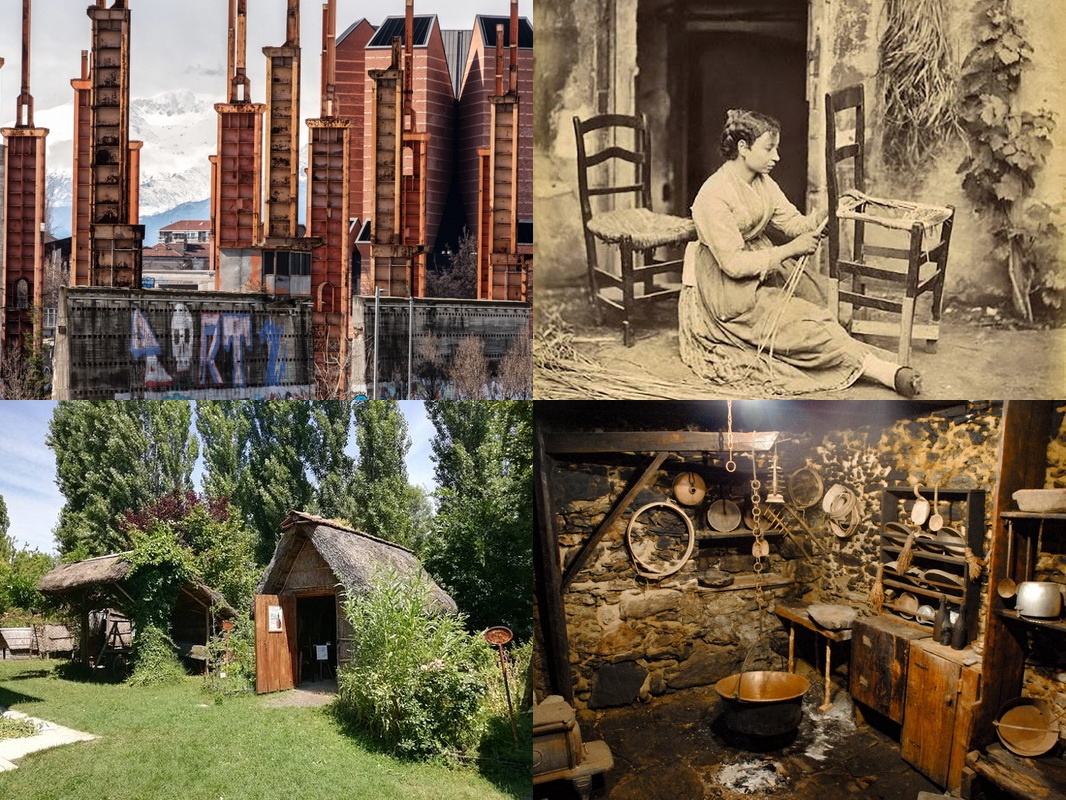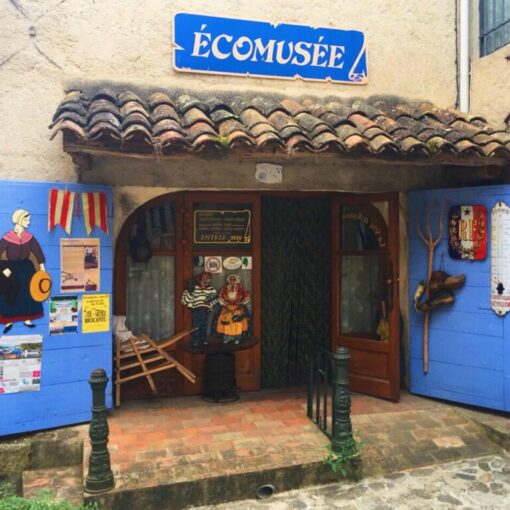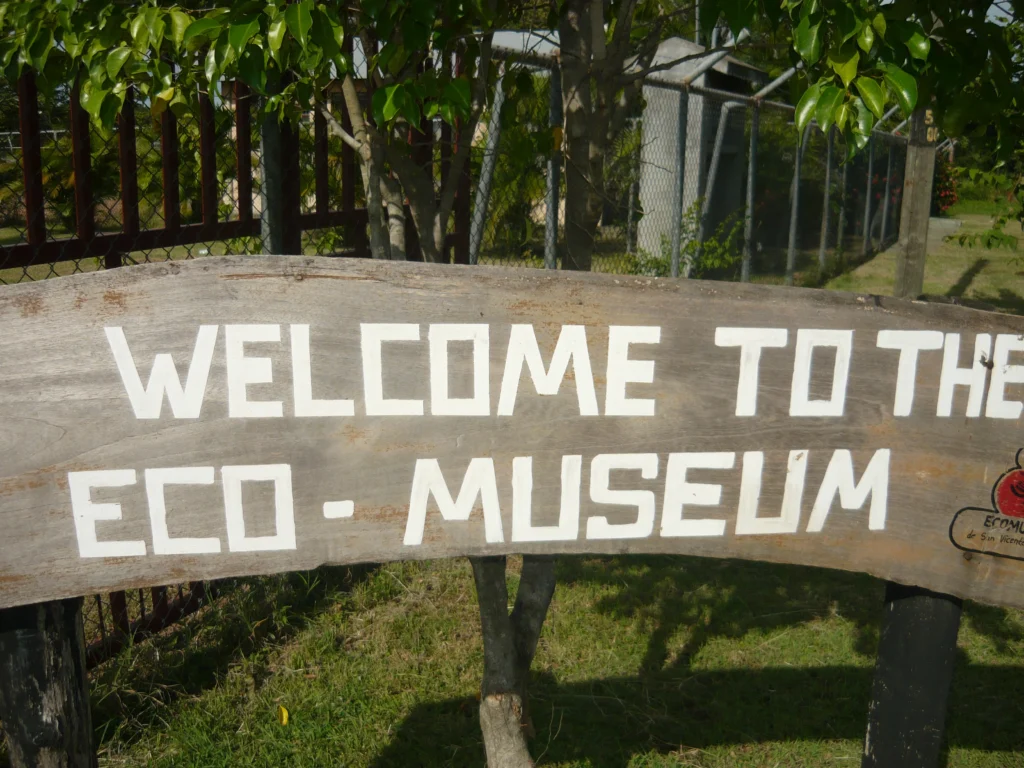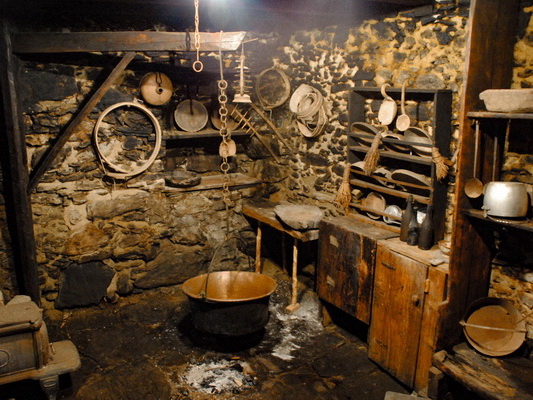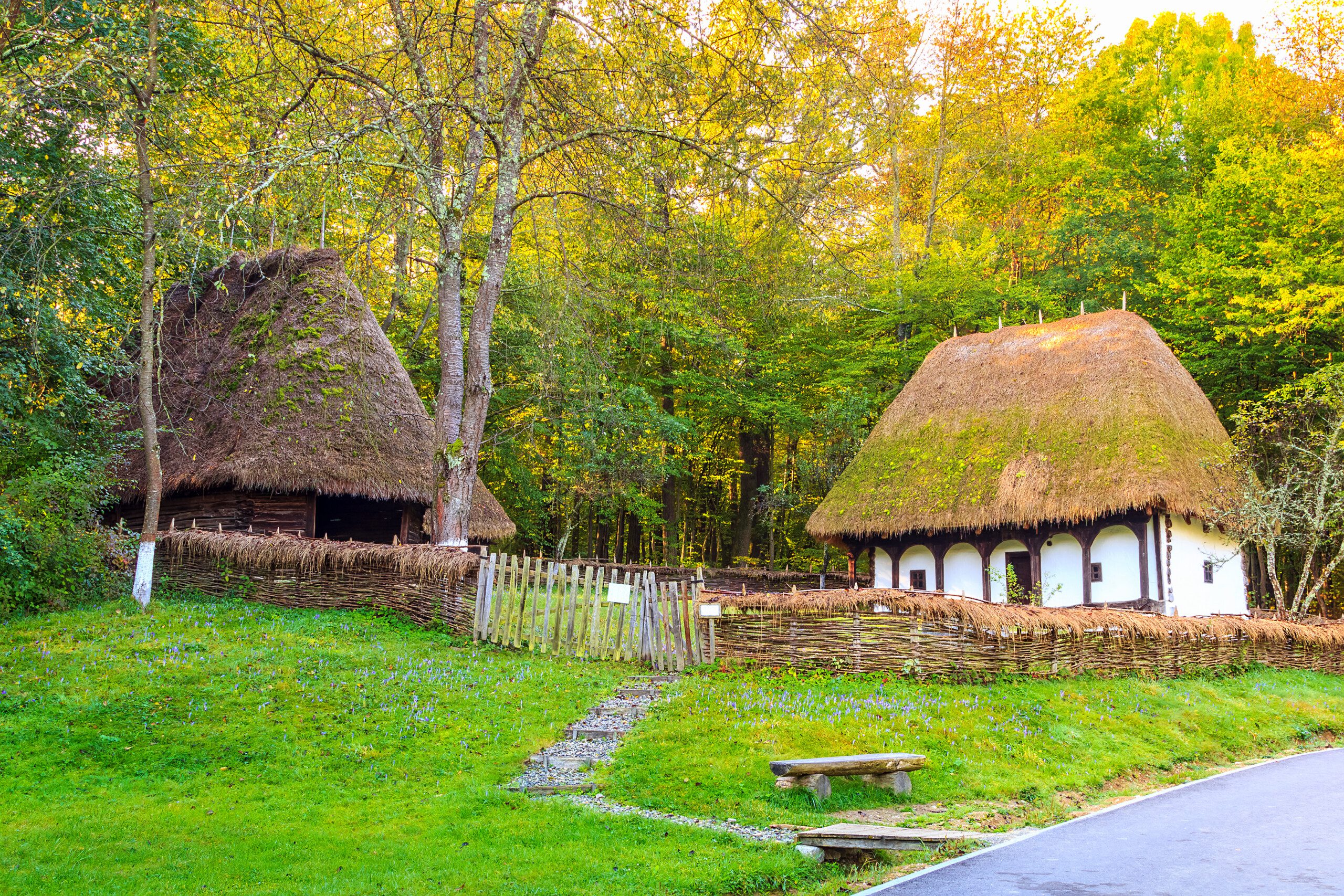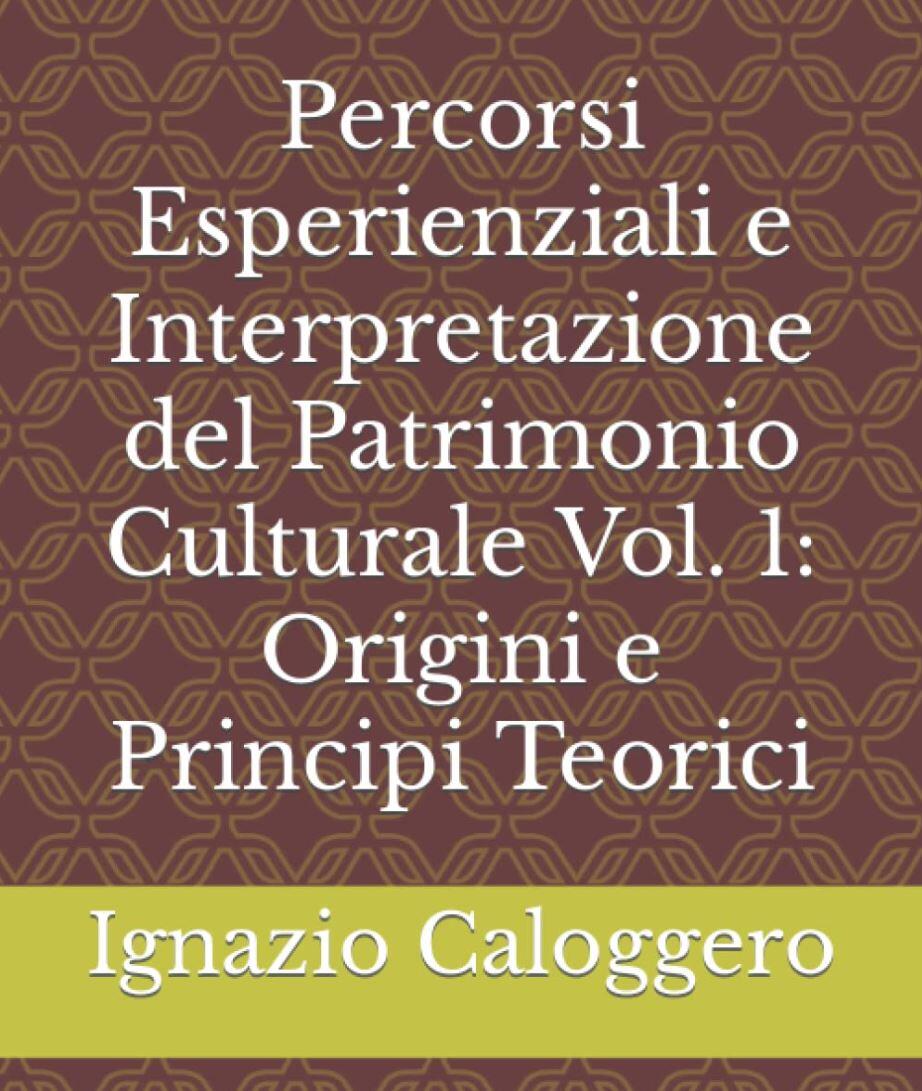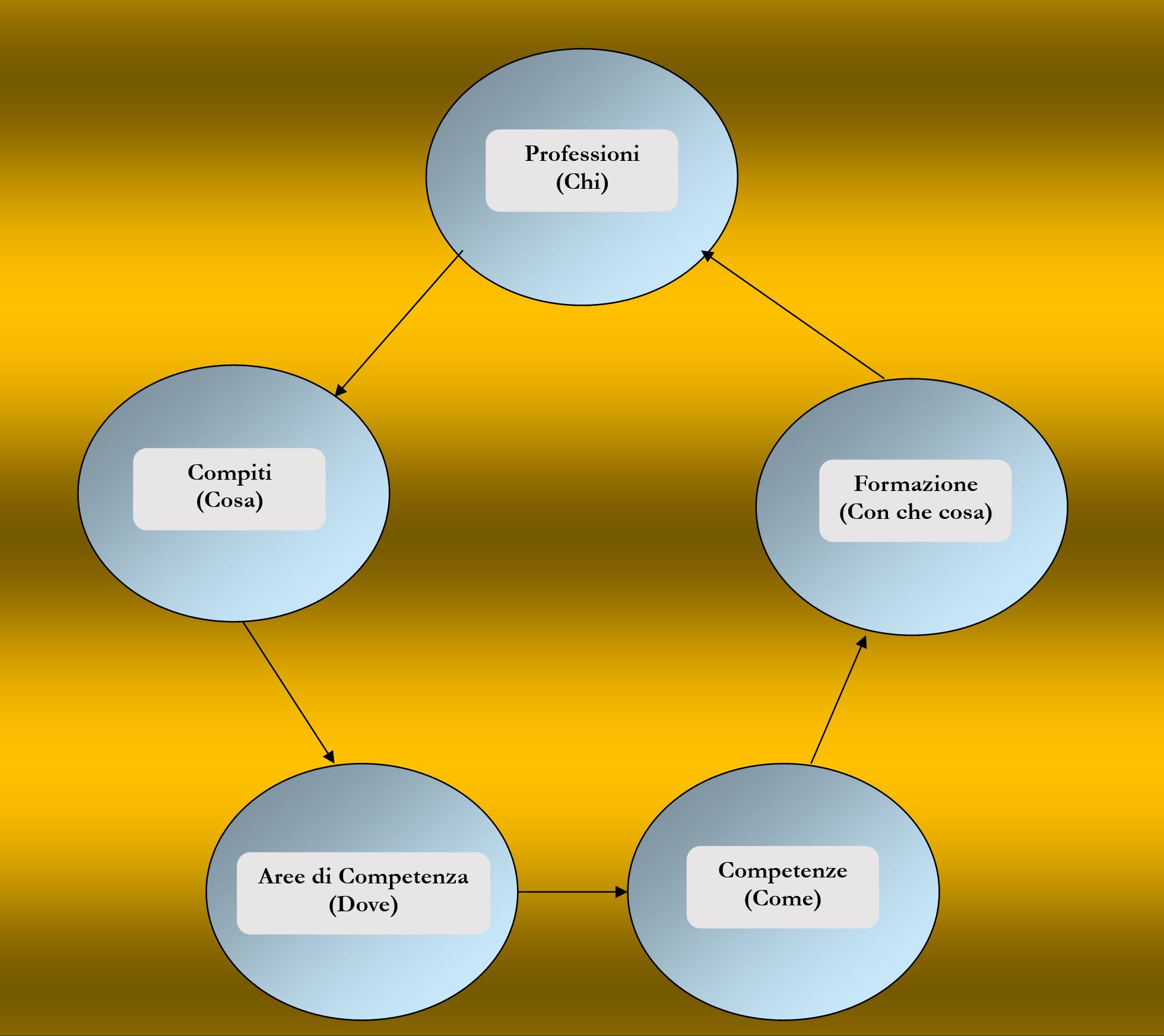For a new definition of ecomuseum: the interpretative ecomuseum
by Ignazio Caloggero
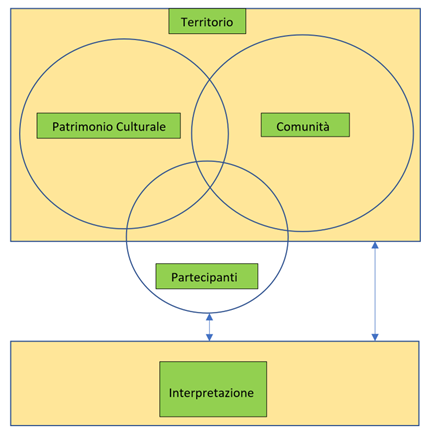
Reference Page: Special Heritage Interpretation (Heritage Interpretation)
For a new definition of ecomuseum
There are many definitions of ecomuseum, and in many cases more than definitions they are operational indications, purposes and characteristics that an ecomuseum should have. Hugues De Varine themselves, and George-Henri Rivière have revised their definitions several times. To the definitions given over the years must be added those provided by the various Italian regional regulations which have defined the recognition requirements of ecomuseums.
The lack of an unambiguous and formal definition, the use of other terms such as "local museum", "community museum" or "territorial museum" and the juxtaposition of the term "ecomuseum" with other concepts such as the "new museology" ( which can also be applied to traditional museums), has led to what De Varine calls the "trivialization of the term ecomuseum" [1]. Today it is very easy to declare oneself an "ecomuseum" and except in cases in which recognition in accordance with regional legislation is not requested, it is not necessary to provide further justifications for the appropriation of this title.
Finally, it is appropriate to take into account the new ICOM definition of museum of 2022 which provides clear evidence of the evolution that traditional museums have had, also in the name of the "New Museology", which leads us to think that the border between ecomuseum and museum traditional becomes more and more subtle. Paradoxically, there is a concrete possibility that there are cases in which there are "ecomuseums" that do not know they are.
The need for a formal definition of an institution which, as De Varine says, is singular and at the same time plural, is not easy, indeed, De Varine considers it impossible[2]. However, an effort is needed to identify, as far as possible, the fundamental parameters underlying the assessment, even qualitative, of ecomuseums.
As happens in the field of technical standardization, an attempt to find a solution could be to identify a definition that is not excessively long, where every single term, where there is doubt that it may be ambiguous or unclear, is in turn defined in formal way.
As De Varine himself states, it is possible to go beyond the three famous "pillars": heritage, territory, community[3]
My attempt to go beyond the "three pillars" begins by proposing the definition of "interpretative ecomuseum" even if in fact, we will discover that this definition could be adapted to all ecomuseums, eliminating, in the future, the term "interpretative".
The concept of interpretation in the ecomuseum context was introduced in a formal way by Peter Davis (1999), by Maurizio Maggi (2000) and, indirectly, in various interventions by many authors and in documents relating to the recognition of regional ecomuseum (see Criteria and minimum requirements of the Sicily Region) and finally, it is also present in the ICOM definition of Museum of 2022.
Let's start again from the following definitions of ecomuseum by De Varine of 1978 and the Charter of Catania of 2007 where I will highlight some words in bold.
Ecomuseum (De Varine 1978)
The ecomuseum is ainstitution that manages, studies, explores for scientific, educational and cultural purposes in general, the global heritage of a certain community, comprising the wholeness of the natural and cultural environment of this community.
The ecomuseum is therefore a tool of Participation popular to spatial planning and allo community development.
To this end, the ecomuseum uses all means and all methods at its disposal to allow the community to understand, analyse, criticize and deal with the problems that arise in a free and responsible way in all areas of life.
The ecomuseum essentially uses the language of the object, of the real context of daily life, of concrete situations. It is above all a factor of desired change[4].
Ecomuseum (Catania Charter 2007)
the Ecomuseum is a practice investee di development of the tangible and intangible cultural heritage, elaborated and developed by a organized subject, expression of a local communityfrom the perspective of Sustainable Development.
Ecomuseum interpretation
Ecomuseum interpretation is a interpretative and participatory process which aims at improve, protect, give accessible, national cultural heritage of a territorioreferable to a specification patrimonial community.
Interpretive Ecomuseum
The interpretative ecomuseum is an institution at the service of community, oriented to sustainable local development, which carries out activities of ecomuseum interpretation.
The definition of interpretative ecomuseum would be superfluous, the term "ecomuseum" would simply suffice, if all the ecomuseums that are considered as such, offered real itineraries of interpretations of the cultural heritage, at least in the meaning I have given to them, indicating the principles of interpretation .
If this were the case, a new definition of ecomuseum could approach the following:
Ecomuseum (interpretive)
Institution community service, goal oriented sustainable local development, result of a interpretative and participatory process, which aims at improve, protect, give accessible, national cultural heritage of a territorioreferable to a specification patrimonial community.
In the definition of ecomuseum just given, the three pillars are present: community, cultural heritage and territory, the principles of participation and local development are also present.
The activity of interpretation involves compliance with a series of principles which allows us to affirm that many aspects contained in De Varine's definition are included within the interpretative process itself.
Furthermore, the definition given does not differ much from that of ecomuseum of the Catania Charter of 2007, bearing in mind that the "organized entity, expression of a local community" is, in essence, the institution resulting from the participatory process which sees the community first floor.
The Pillars of the Interpretive Ecomuseum
- Cultural heritage
- Territory
- Patrimonial community
- Participants
- Interpretation

The territory, the cultural heritage it contains and its community correspond to the three pillars of the De Varine ecomuseum.
Cultural heritage is not sharply separated from its community, as members of the community can be considered cultural heritage (see for example “living treasures”)
To these three pillars we can add two more:
- Participants (or guests) who can be both members of the same community and participants from outside the area (tourists).
- The interpretation, linked to the cultural heritage and consequently to the territory itself and to the participants since, as we have seen, a real interpretative path must have a holistic vision (principle n. 13), a tailor-made approach (principle n. 14) and favor direct participation (principle n. 5).
Article extracted from the course: Basic Course of Ecomuseology
[1] Hugues De Varine: The singular and plural ecomuseum. Italian edition – Concrete Utopias 2021 – Pg. 66
[2] Hugues De Varine: The singular and plural ecomuseum. Italian edition – Concrete Utopias 2021 – Pg. 193
[3] Hugues De Varine: The singular and plural ecomuseum. Italian edition – Concrete Utopias 2021 – Pg. 193
[4] Hugues De Varine: The singular and plural ecomuseum – Concrete Utopias -2021 Pag. 53
Featured

